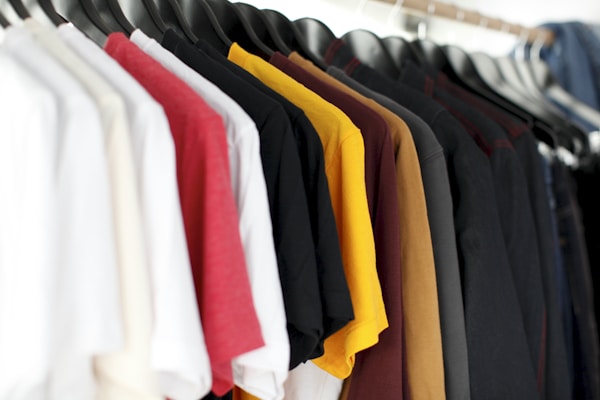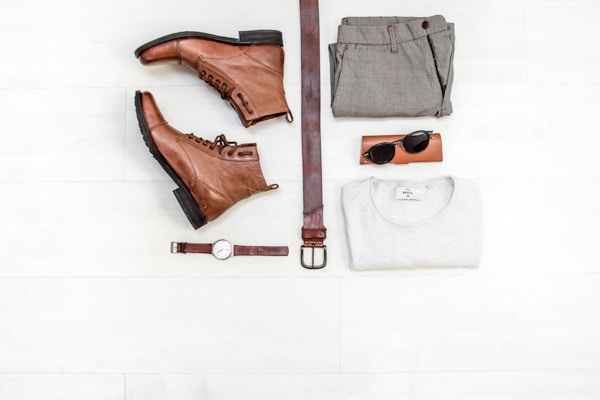Tracing Back History

The Path Toward Gender-Neutral Clothing
In the past, most clothing was designed for either men or women, with very few items that could be worn by both sexes. Over time, however, there has been a gradual shift towards more gender-neutral clothing. This is particularly evident in the modern era, where many items of clothing can be worn by both men and women. There has also been a move away from traditional gender stereotypes, with more and more people choosing to dress in a way that expresses their own personality rather than following societal norms. Despite these changes, there are still some items of clothing that are typically seen as being “masculine” or “feminine.” For example, jeans are generally considered to be a masculine item of clothing, while dresses are seen as being feminine. This is due in part to the historical association between certain types of clothing and specific genders. But people are largely moving away from this concept. For example, mens accessories are a part of men’s clothing that enhance the overall look and style. They can add color, texture, and interest to an outfit. Accessories for men include hats, neckwear, eyewear, rings, bracelets, watches, and colognes/perfumes. Historically speaking, men’s accessories were used to convey rank or status within society. But today, you’ll find that accessories that are catered to men are also worn by women thanks to versatility and progressive attitudes regarding fashion.How Ancient Greece and Rome Influenced Fashion

Gender, advertising, gender role, dress, fashion, culture, gender neutrality, skirt, trousers, masculinity, textile, clothing, gender identity, femininity, gender binary, corset, androgyny, Afghanistan, privacy, stereotype, feminism, unisex, transgender, color, jeans, breeches, internet, gender studies, identity, art, anthropology, homosexuality, gender expression, marketing, space, material culture, shirt, revolution, aristocracy, dress code, France, unisex clothing, human, experience, design, PDF, beauty, social status, costume, consumerism, community, research, London, lace, behavior, historian, French Revolution, information, concept, ideology, sociology, politics, Vogue, privacy policy, all rights reserved, consumer, gown, gender dysphoria, silhouette, perception, Paris, definition, parent, symbol, male, gender equality, Western culture, race, law, toy, social construction of gender, socialism, religion, Greece, tool, biology, intersex, Middle Ages, kilt, sewing, aesthetics, infant, woman, embroidery, skin, professor, music, Harry Styles, gay liberation, Victorian era, hair, collar, social class, David Bowie, modernity, phenomenon, department store, language, Yves Saint Laurent, preference, society, psychology, New York City, celebrity, jewellery, dandy, Le Smoking, United Kingdom, necktie, brand, tunic, Beau Brummell, evolution, Billy Porter, hairstyle, hat, Coco Chanel, flapper, desire, lifestyle, coat, magazine, empowerment, lesbian, wealth, adoption, waist, sleeve, technology, social media, theatre, philosophy, marriage, Kurt Cobain, mind, pride, Indiana University Press, landscape, blouse, breast, actor, history, Early Modern period, bra, Renaissance, China, wig, hose, Ancient Greece, retail, terms of service, tomboy, Generation Z, email address, tailor, newsletter, blazer, hoodie, pattern, policy, qualitative research, data, shopping, Telfar Clemens, racism, wardrobe, socialization, boot, health, Los Angeles, company, Ancient, blue, fashion industry, scholar, menswear, clothes, babies, staff writer, advertisement, affordable gender-neutral clothing, nonbinary fashion, feminine androgynous clothing, gender-neutral shirts, transgender clothing male to female, gender-neutral clothing adults, gender-neutral dress clothes, transgender clothes, nonbinary formal wear, gender-neutral outfits, gender-neutral clothing, genderless clothing, gender fluid clothing, gender-neutral fashion, gender-affirming clothing, gender fluid fashion, gender-neutral apparel





